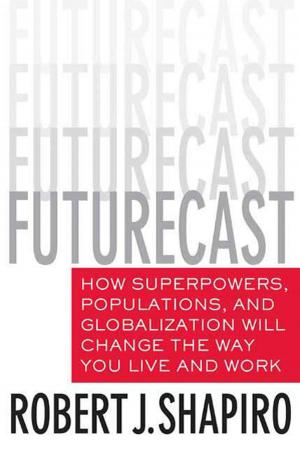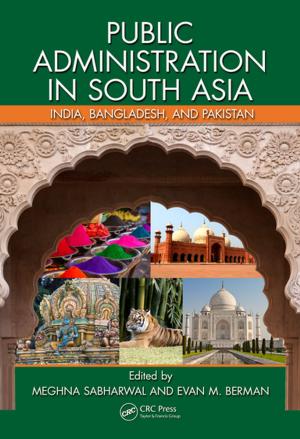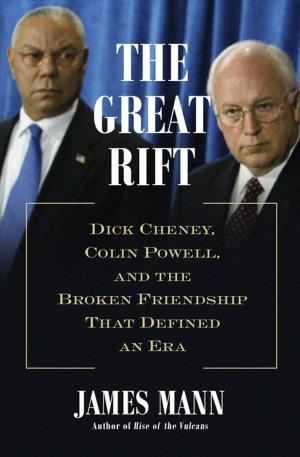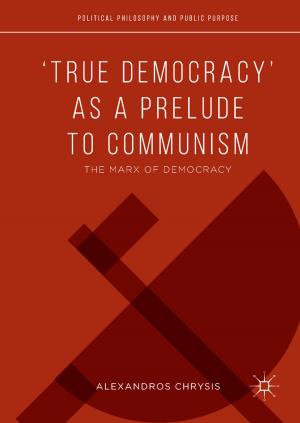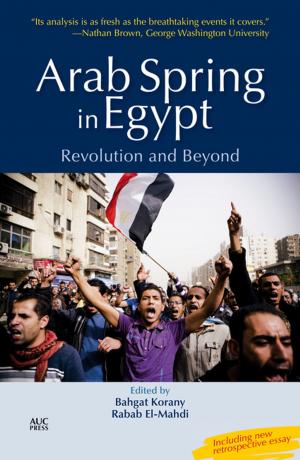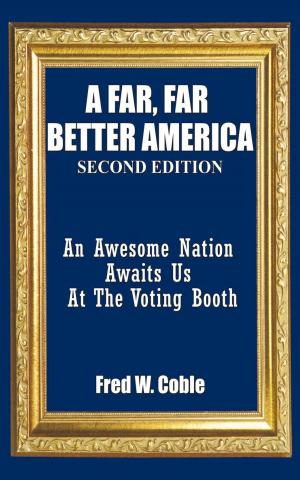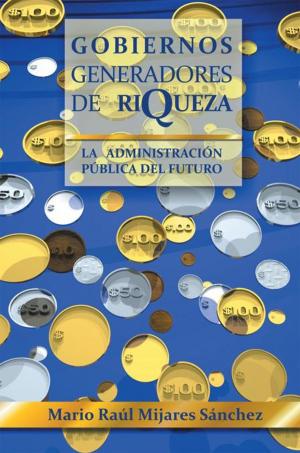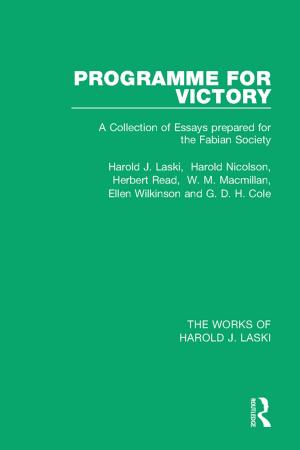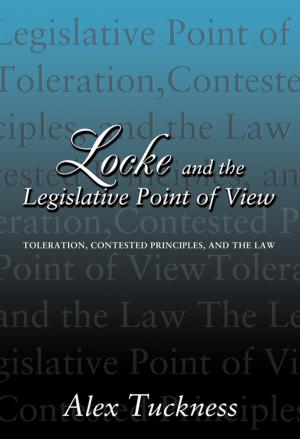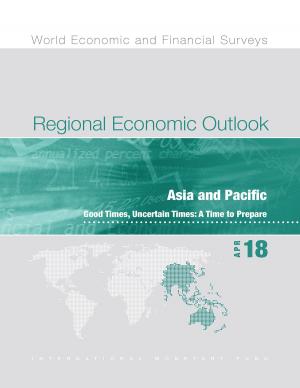| Author: | Don Mattera | ISBN: | 9780992187576 |
| Publisher: | African Perspectives Publishing | Publication: | December 1, 2010 |
| Imprint: | African Perspectives Publishing | Language: | English |
| Author: | Don Mattera |
| ISBN: | 9780992187576 |
| Publisher: | African Perspectives Publishing |
| Publication: | December 1, 2010 |
| Imprint: | African Perspectives Publishing |
| Language: | English |
Donato Francesco Mattera has been celebrated as a journalist, editor, writer and poet. He is also acknowledged as one of the foremost activists in the struggle for a democratic South Africa, and helped to found both the Union of Black Journalists, the African Writer�s Association and the Congress of South African Writers. Born in 1935 in Western Native Township (now Westbury) across the road from Sophiatown, Mattera can lay claim to an intriguingly diverse lineage: his paternal grandfather was Italian, and he has Tswana, Khoi-Khoi and Xhosa blood in his veins. Yet diversity was hardly being celebrated at that time. In one of apartheid�s most infamous actions, the vibrant multicultural Sophiatown was destroyed in 1955 and replaced with the white suburb of Triomf, and the wrenching displacement, can be felt in Mattera�s writing. The story of his life in Sophiatown as told in this essay is intricate. Covering Mattera�s teenage years from 1948 to 1962 when Sophiatown was bulldozed out of existence, it weaves together both his personal experience and political development. In telling the story of his life as a �coloured� teenager, Mattera takes on the ambitious goal of making us recapture the crucial events of the 1950s in Sophiatown, one of the most important decades in the history of black political struggles in South Africa.
Donato Francesco Mattera has been celebrated as a journalist, editor, writer and poet. He is also acknowledged as one of the foremost activists in the struggle for a democratic South Africa, and helped to found both the Union of Black Journalists, the African Writer�s Association and the Congress of South African Writers. Born in 1935 in Western Native Township (now Westbury) across the road from Sophiatown, Mattera can lay claim to an intriguingly diverse lineage: his paternal grandfather was Italian, and he has Tswana, Khoi-Khoi and Xhosa blood in his veins. Yet diversity was hardly being celebrated at that time. In one of apartheid�s most infamous actions, the vibrant multicultural Sophiatown was destroyed in 1955 and replaced with the white suburb of Triomf, and the wrenching displacement, can be felt in Mattera�s writing. The story of his life in Sophiatown as told in this essay is intricate. Covering Mattera�s teenage years from 1948 to 1962 when Sophiatown was bulldozed out of existence, it weaves together both his personal experience and political development. In telling the story of his life as a �coloured� teenager, Mattera takes on the ambitious goal of making us recapture the crucial events of the 1950s in Sophiatown, one of the most important decades in the history of black political struggles in South Africa.

